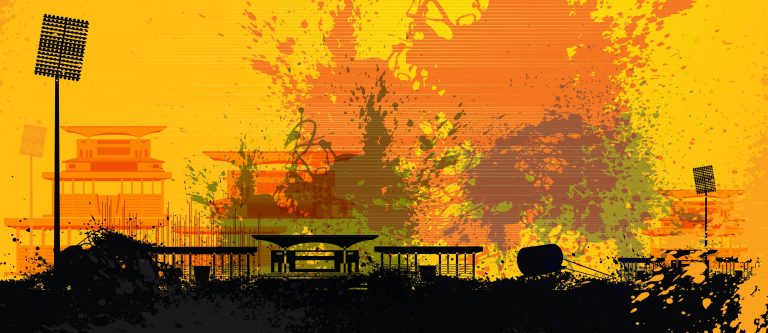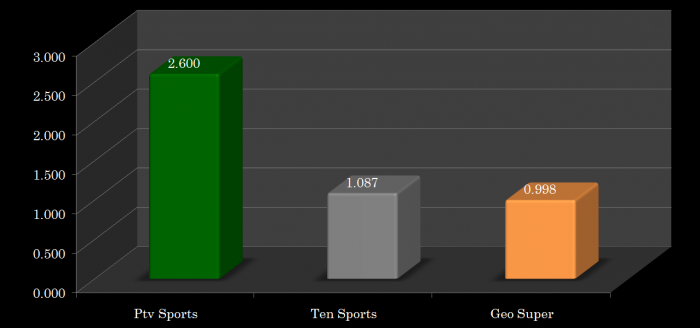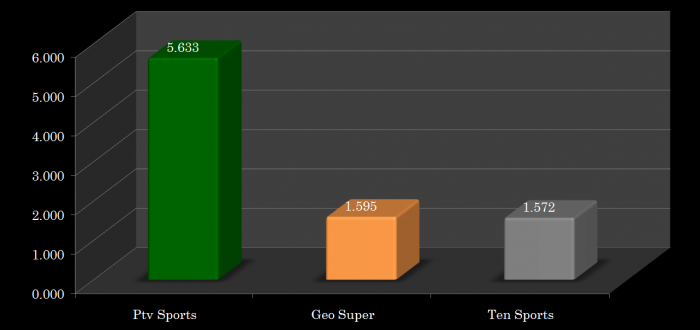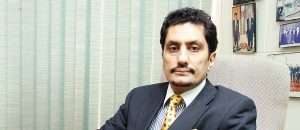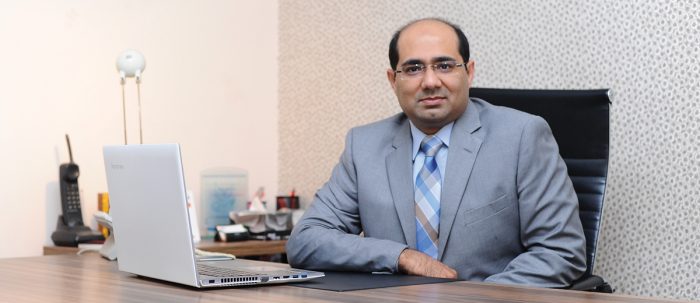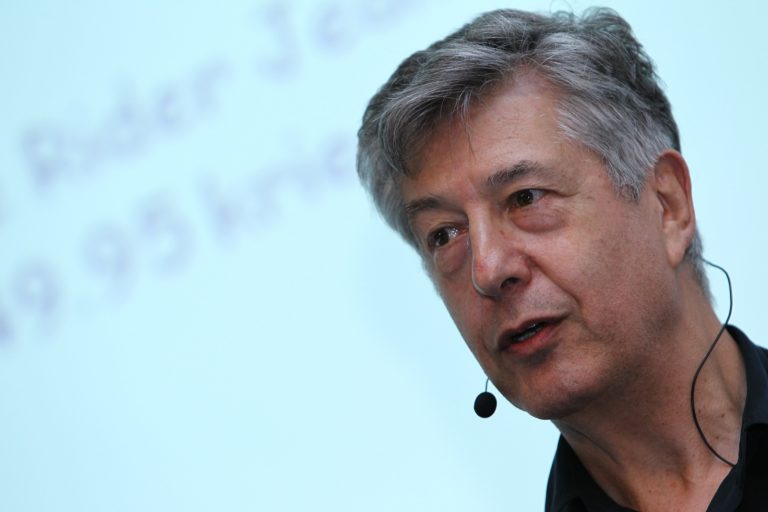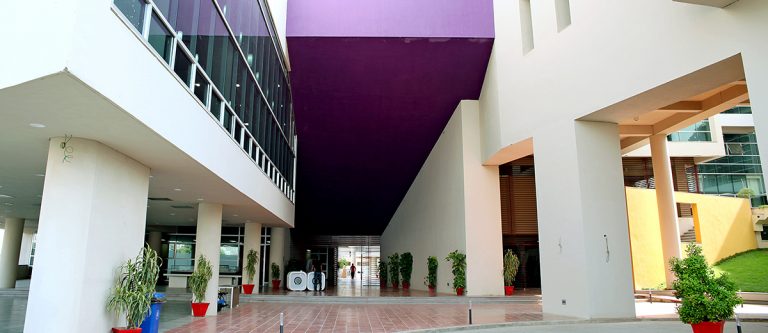As originally published in Synergyzer Issue 2 – 2016
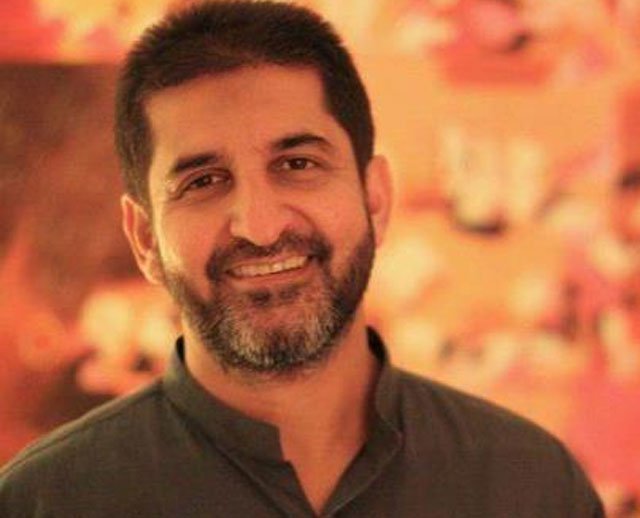
Salman Butt, Chairman – Green Peak International
What were the mechanics involved in getting PSL from concept to reality?
PSL is a Franchise Model, modeled on European football leagues. In the cricket world, the franchise model has two variants; one – which Sri Lanka and Bangladesh have followed, i.e., where they have sold all commercial rights to “one buyer” where the cricket board receives a guaranteed minimum amount every year from the buyer. The other is what India has followed, which is the European Premier Football League Model (EPL): the BCCI owns all commercial rights to IPL and sells broadcasting, central sponsorship, and the franchises etc., by themselves on a one-to-one basis.
We chose the EPL Model; this allows PCB to have complete control over the league which we felt was best given that this is the highest value cricket product that they would own with a variety of commercial and cricket related impact now and going forward. PCB controls the league operationally, commercially, and makes all policies and critical decisions.
REPUCOM, an international sports marketing & valuation company, helped us refine the model we had developed in 2012.
The model includes 5 Franchise Teams. PCB sells the local and international broadcasting rights and title sponsorship rights for three years, gold and silver sponsorships have been sold for one year and rights to ownership of the five franchise teams for ten years. The franchise owners can sell 100% ownership rights of the team after three years, and within that time, they can liquidate part of their share upto 49% to another entity or person willing to co-own the team.
The broadcasting rights have been sold in excess of USD 13.5 million and the title sponsorship has been bought by HBL for USD 5.1 million for three years while the gold and silver sponsorships were sold for about USD 1.5 million for one year and will be resold after next year.
The total value of these franchises over ten years is approximately USD 93 million, which means PCB generates revenues of USD 9.3 million every year from franchise fees. Karachi was sold for USD 27 million, Lahore for USD 25.1 million, Peshawar for USD 16 million, Islamabad for USD 15 million and Quetta for USD 11 million.
The price discrepancies have nothing to do with the quality of players or strength of the teams; it’s all dependent on the size of the market being bought which is a function of the potential fan following offered by that market. Since Karachi has a huge population and fan following and Lahore also offers a very large market, that’s why they cost more than say a Peshawar, Islamabad or Quetta.
The production of the tournament was done by Sunset & Vine, another world class company specializing sports events production. The tournament was broadcast live on PTV Sports, GEO Super, Ten Sports, Hum FM 106.2 and the PSL’s official YouTube channel.
How was the response when bidding opened to generate sponsors, especially the gold and silver ones?
It was in sync with what we were expecting, commensurate with international standards. The gold or silver sponsorship categories will be open for bidding again for the next season and we will put the bids out a few months in advance, maybe towards the third quarter this year.
How does the franchise generate revenue?
The franchisees have the right to sell their own sponsorships e.g., logo space on the team uniforms, and then they also get a share of the central pool of revenue, which comprises of broadcasting, central sponsorship/s & gate money revenues primarily. A large percentage of the central pool revenue is distributed amongst the franchisees.
A third and probably the largest revenue stream that the Franchisees develop, comes from the business of Franchising. The Franchisees already have a fan following since they own a cricket team representing their city, comprising of present and upcoming local and foreign cricket stars! Their marketing activities should now be focused towards further building and engaging with their fans following throughout the year till the next PSL Event. The fan following is critical for the Franchising Business. The Franchising Business comprises of creating products and services for the fans that come from various socioeconomic strata’s (A to E): products comprising of merchandizing such as caps to clothing, beverages from tea to carbonated drinks, to financial products and services, they can place their brand name on different relevant products for their fan to be pulled towards them. Tea and beverages for e.g., are consumed by rich and poor alike while a debit card maybe more suitable for higher income segments. The possibilities are endless: the Franchisees don’t have to produce these products themselves they have to choose the right partners to license their brand to. Manchester Utd, for example, has 250 products or service offerings for their fans.
The quicker the franchises start leveraging these opportunities, the better it will be for them. In Year 1, 80-90% of the revenue franchises get comes from the central pool & their logos. Till Year 3 we expect the franchising revenue to increase to 30-40% of total revenue – this isn’t rocket science, it is a simple retail model of business development, it will take time to build solid retail partnerships, and they will need to work hard.
T-shirts were printed and sold this season of PSL also. Some sources say that the official merchandising price was kept at PKR 950 for a t-shirt, which wasn’t an ideal price point for the average Pakistani, and since the matches were held in UAE, the sales were not what they would have been on home ground.
I don’t think price points are set as yet. Each franchise will create its own merchandising and will retail, so there’s no standard price point as of now. But merchandising is more than just clothing: first the shirts and some other clothing and smaller merchandising will come and as the league matures, the products will be further developed.
What about marketing and advertising and media support?
We had our own marketing and PR strategy in place. We launched our logo in August/Sept 2015, then we focused on getting the player pool on board. We built the foreign and the local players pool. The Players Draft in December 2016 when teams selected their players from a pool of 300 in my view a key marketing vehicle for the PSL: the PSL went Global on TV and Social Media during the days of the Player Draft! This is when people saw team owners, coaches and selectors pick their players, that created a buzz because players and coaches came from all over the world!
Once the franchises and their players came on board we encouraged the franchises to have their own media partners and this worked out very well. The media got content and the Franchises got the much required hype and visibility. We supported the franchises to have their own exclusive deals with their chosen channels and the channels in-turn backed and pushed their own teams. That’s why each of the five teams is supported by its own television channel partner. PTV supports Quetta Gladiators, ARY owns and of course supports Karachi Kings, GEO supports Lahore Qalandars, Express supports Peshawar Zalmi, and Duniya supports Islamabad United.
When the channels began promoting their own teams, they began connecting with people and also aired the activations taking place on the ground. There were a number of activities that ran parallel and it was a natural process that built relevance and fan following.
Speaking of the draft, a ten-year franchise will obviously see a change in players. Will there be further auctions?
The players have been contracted for one year and these contracts may be renewed mutually between the players and the Franchises for another two years. Players can also be released after a year and the Franchises come into next years draft to select players for slots that have been released. The Players Draft is scheduled annually.
Why wasn’t there a bigger push towards print media support?
We were focused more towards Local TV, including Press Conferences, Events and Talk Shows as well as Social Media initially, and when we moved closer to the event we added on-ground activation, press conferences and outdoor in the UAE to drive ticket sales. Print media wrote about the PSL and I hope next time around they will cover it more extensively as they should have even in the first edition.
Timing the matches at night also means newspapers were not able to get coverage in on time.
That is a point to consider next time around. PSL really took everyone by surprise; even up to a few days before there were non-believers and naysayers, but when it happened everyone started to own it. As mentioned earlier, I believe the print media will realize the importance of PSL when the tournament happens again.
Were you happy with Dubai as the venue since there aren’t too many Pakistanis there?
It is correct that there are more Indians than Pakistanis in Dubai, and they have strict work routines which means they can’t just walk into a stadium and spend the day watching a match, yet the turnout was great. In the years to come, as more people get to know about PSL, and our marketing plans improve, the turnout will increase in shaa Allah. The Dubai stadium is the best in the world; the management knows their job. The infrastructure and facilities are exceptional and these have enabled us to make full use of complex technology, such as the Spidercam: this camera is able to move horizontally and vertically anywhere in the space above the stadium, which allows them to capture action from unique angles, and makes for an exciting real-time viewing experience.
The opening ceremony, with its Jamaican performers, was also geared more towards the Dubai crowd than the league’s Pakistani origins.
Since we were in Dubai and the league had been generating attention from people across the world, we wanted to make it an international and inclusive event and through that we wanted to project the soft and wholesome image of Pakistan. The fan following that developed in Pakistan before and during the tournament went beyond my expectations: people developed a deep emotive link with the PSL and their respective teams in the very first year! All this augurs very well for the tournament and the Franchises.
Word has it that the roster included several players who were at the end of their careers and many who have never played internationally.
We got in touch with various top player agents who provided us with available players and those players consented to be part of the PSL Draft. PSL is now the second biggest franchise league, where the quality of cricket played was is very good: given this, we feel more quality players will now be proactively approaching us for the upcoming season. I would however say that we have started with some top foreign players such as Kevin Peterson, Gayle, Watson, Darren Sammy, Haddin, Grant Elliot, Shaun Tait, Ravi Bopara, Sangakkara and Shakib ul Hassan to mention a few. Some players couldn’t come because they had national duty and we hope to get them in next year in shaa Allah. But let me tell you that the desire of more top foreign players to play in the PSL for all the cricket and commercial value it offers, is growing.
Why didn’t we see any Indian players?
We would have very much liked to have them play in the PSL, but the Indian board doesn’t allow their players to participate in any other T20 League in the world. I guess they want to protect their product. Having Indian players in the mix would be commercially very good for us as this would drive more interest from the large Indian audience.
How did Green Peak International contribute towards making PSL happen?
GPI was not contracted for the first PSL, however a few senior partners and associates were contracted individually with internal permission from GPI. As we move forward if we are to renew our contract with the PCB we would be doing it through the company platform. GPI plans to work on all major sports. It is our desire and vision to develop and deliver one marquee event for all relevant and commercially viable sports, and to work with the relevant sports federation to do this.
Football in Pakistan?
If you ask school and university kids what sport they play, seven out of ten will say “football”! If you go to Lyari you’ll find very talented football players, similarly club matches in Chaman can attract 20-25,000 spectators! Such is the popularity ad groundswell of the sport in Pakistan.
Then there is women’s football; we have Pakistani players playing in international women’s leagues. Our youth population is gravitating towards European football and Latin American soccer. We can’t compete at that level yet, but we’re watching the game with a lot of interest. As we increase the visibility of domestic football in Pakistan, this will further trigger the interest & motivation of players, which will help raise national standards and the following of domestic and then national football. We just need to create the right cycle: develop, package and commercialize the sport, generate benefit for viewers, advertisers, broadcasters, and give players the incentive to dedicate their lives to the game.
Where will the playing pool for Squash come from?
All over! The Squash Federation has noted that if we can create visibility, following, and commercial interest for the sport, it won’t be too long before we produce players in top global rankings. PSL secured the future of cricket; cricketers and support staff saw it as a viable livelihood, the game itself became more glamorous and people watched with positive emotions and developed an emotive link. The teams created their own heroes that resonated with local fans. We can give Squash a similar lift in shaa Allah. For 20 years we have ruled the game and we have plenty of new talent that needs the motivation & opportunity to break out.
How long will it take for this sports revival to happen?
We’ve worked a bit on Squash and will probably look at proposing a league for Hockey. I would look at about three years each of these sports leagues/tournaments to reach an initial platform of stability. We have infact developed the critical specs of the Football & Hockey Leagues on paper and these can be worked on further and launched in a 6-8 month time period.
The facilities will also need serious overhauling.
Yes, because our stadiums are not at par with international arenas, but we are encouraging the franchisees to adopt local stadiums as their team homes – e.g. the Karachi National Stadium by Karachi Kings, and Qaddafi Stadium by Lahore Qalandars etc., and work to upgrade and improve the facilities.
